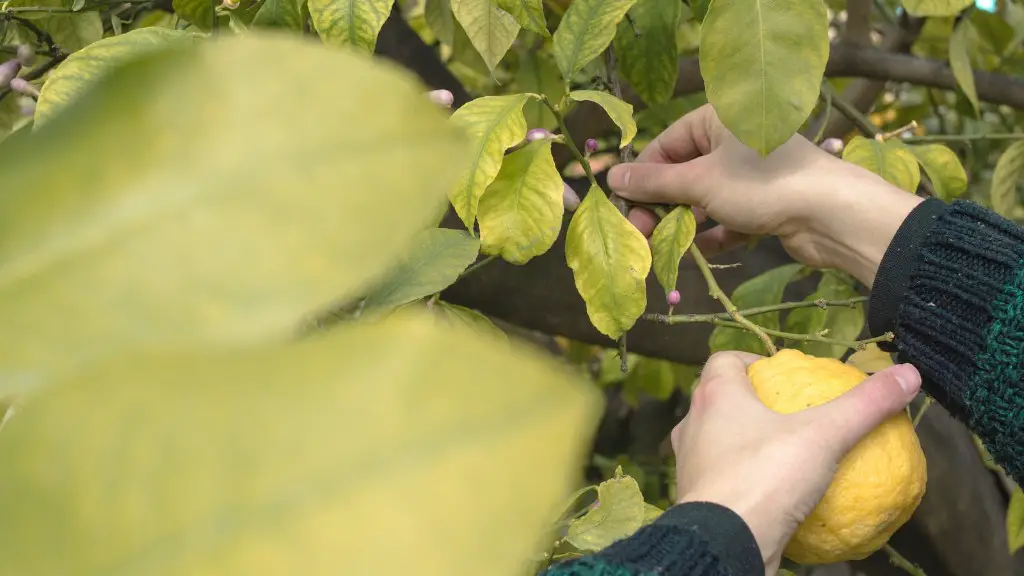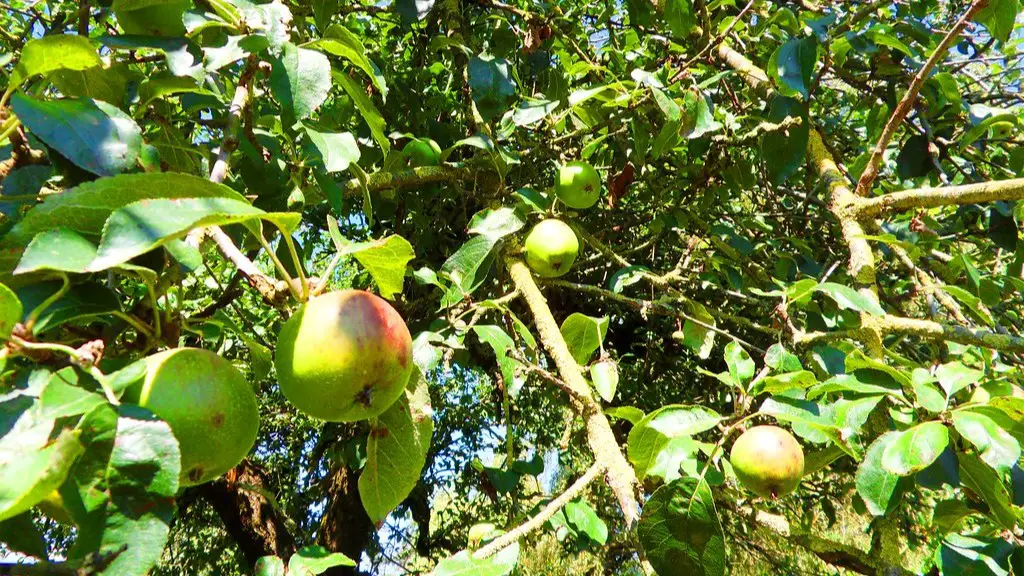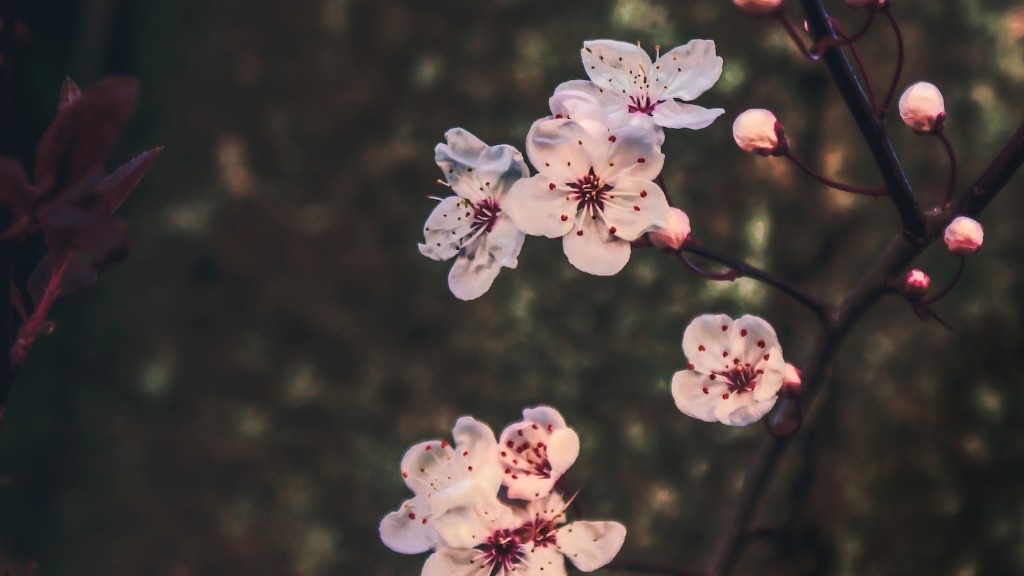Growing a lemon tree is an exciting and rewarding adventure. It’s easier than you think, but there are a few key steps to follow if you want to get the best results. Before getting started, make sure you have the right environment, such as adequate sunlight and soil drainage. Here’s how to cultivate a lemon tree.
Firstly, pick an appropriate kind of lemon to grow. Choose a variety that is suitable to your climate, as some varieties may not thrive in certain climate zones. Popular varieties include Meyer, Eureka, Bearss, and Lisbon.
Next, find a good spot in your garden. Lemon trees love full sunlight, so make sure the location receives at least 6 hours of direct sun every day. Also, try to plant the tree away from any walkways, since umbrella-shaped lemon trees can be quite large.
Thirdly, get a pot or container with proper drainage holes for potting your lemon tree. You can use a variety of pots, ranging from ceramic or plastic containers to terracotta pots. Put enough potting soil in the pot, making sure it’s well-drained and fertilized.
Fourthly, water the lemon tree regularly. Make sure the soil is moist but not soggy, adding more water whenever the soil becomes dry. Avoid over-watering and add compost and fertilizer to enhance the soil.
Fithly, keep the leaves and branches of your lemon tree pruned. Pruning will help keep the tree healthy and will help the tree direct its energies to growing fruits and flowers. Be sure to monitor the tree for pests and diseases, and use treatment accordingly.
Finally, enjoy the fruits of your labor! Harvest the lemons once you notice that they’ve turned yellow and are ripe. With proper care and a bit of patience, you’ll be rewarded with delicious lemon fruit directly from your own backyard.
Maintenance and Care
Caring for a lemon tree is easy but requires regular maintenance and vigilance. Check the soil moisture regularly, and use natural fertilizers to grow bigger and better fruits. Take precautions against pests or diseases, such as ant infestations, caterpillars, and fungal growth. Keeping the root area free of weeds is also beneficial.
Also, if you live in an area where temperatures can drop drastically, protect your lemon tree by covering the outdoor container with a blanket during a freeze. Alternatively, you can transplant your tree to a pot that can be kept indoors during a freeze.
Harvest the lemons once they’re ripe, but avoid snipping too many at once so that the tree can continue to bear more fruits. Finally, make sure to prune the tree regularly in order to encourage new growth and fruit production.
Pruning and Training
Pruning and training your lemon tree is essential for preventing diseases and promoting growth. Start pruning when the lemon tree is relatively young, as it’s easier to shape and train the tree when it’s growing. Remove any damaged or diseased branches, and cut off horizontal or low branches so that the leaves and fruits can get plenty of sunlight.
You can also use a trellis or support structure to train the tree and keep its shape. Use stakes or wire to position the limbs to the desired shape. Pruning is also a great way to reduce the height of trees and promote more stabile growth.
Be sure to sterilize the pruning shears before and after each use in order to avoid spreading any diseases. Also, make sure to clean up any fallen leaves or organic matter under the lemon tree, as these can harbor insects and pests.
Fertilizing
Fertilizing a lemon tree is an important part of its growth and development. An ideal fertilizer should have a balanced ratio of nitrogen, phosphorous, and potassium. Regularly use an organic or liquid fertilizer to stimulate growth and ensure an adequate supply of nutrients.
It’s important not to over-fertilize, as this can result in older leaves turning yellow and falling off, affecting fruits production and overall tree health. Add fertilizer every six weeks during spring and summer, and every 3 months in winter when the tree is dormant.
If you’re adding mulch, keep it away from the stems and base of the tree to prevent rotting. Mulch will help retain moisture and maintain a healthy soil. Moreover, an annual compost application will help keep the soil healthy and improve drainage.
Watering
Water is an essential part of growing a lemon tree, so make sure the soil remains moist but not wet. Water the tree in the mornings to prevent shrivelling or splitting of the fruits due to excessive heat during the day. Keep an eye on the humidity levels and try to maintain a humidity of around 50%.
If the tree is planted in a pot, ensure that the pot has proper drainage to prevent root rot. Additionally, consider adding a drip irrigation system to make sure the tree receives adequate water throughout the day.
Producing Flowers and Fruits
In order to promote flowering and the production of fruits, the lemon tree needs to be healthy and well-maintained. Adequate sunlight, frequent pruning, and proper fertilization are essential for a lemon tree to produce flowers and fruits.
Additionally, keep an eye on the temperature and make sure it’s between 65°F (18°C) and 85°F (29°C). Temperature extremes can affect the fruit production, so take measures accordingly. Once the flowers start to appear, the fruit production will commence.
Troubleshooting
When growing a lemon tree, it’s important to keep an eye out for any problems. Common problems include yellow leaves, branch dieback, and weak growth. In most cases, these symptoms could be caused by pests, diseases, or environmental problems. If you are unsure of the cause, take a sample of the plant to a local plant specialist.
Inspect the plant regularly and keep the leaves free of dust. Make sure the tree is getting enough sun and water, and check for any pests or diseases. Monitor the pH levels of the soil, and add lime or sulfur accordingly if necessary. An imbalance of nutrients, such as nitrogen and phospherous, can also lead to poor growth.
Finally, always treat the lemon tree for any identified problems as soon as possible. Take steps to prevent spreading of diseases and stop any nutrient deficiencies by fertilizing and adding compost to the soil. With regular care, you can enjoy a healthy and thriving lemon tree in your garden.





